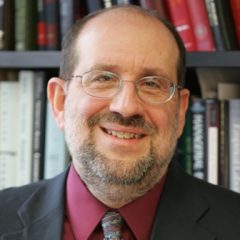(p. A8) BEIJING — While alive, Li Rui was a decades-long headache for China’s ruling Communists — a former aide to Mao Zedong who became an obdurate, sharp-tongued critic of the party. And the controversy did not stop in death, even for his funeral.
Hundreds of people gathered in Beijing on Wednesday to say goodbye to Mr. Li, four days after his death at 101. But the funeral revealed tensions between the government, which wanted a brisk Communist ceremony, and mourners who celebrated Mr. Li as a renegade — one who, even as he lay dying, railed against the authoritarian policies of Xi Jinping, the party’s leader and China’s president.
. . .
A few paid tribute to Mr. Li by holding up handwritten signs, or by making brief speeches that praised him as a freethinker who had stood up to Mao — opposing the calamitous excesses of the Great Leap Forward — and pressed Mao’s successors to take China in a more liberal direction. Police officers and officials kept watch, and tried to keep foreign reporters from talking to mourners throughout the morning.
“He was someone who had the guts to speak up for the people,” said Sheng Lianqi, a retired worker in his 70s, who said he never met Mr. Li but admired his writings.
He held up a handwritten sign that read in part: “Li Rui’s name will live in eternity. The ordinary people have sharp eyes and clear minds.”
. . .
These days, the party restricts criticism of Mao. But Mr. Li seemed determined to have the last word. He donated many of his papers — including notebooks and letters from his decades in the party, and a diary he kept for more than 80 years — to the Hoover Institution at Stanford University, where scholars will eventually be able to study them, said his daughter, Ms. Li.
For the full obituary, see:
Chris Buckley. “A Red-Banner Funeral in Beijing for a Critic of the Party From Mao to Xi.” The New York Times (Thursday, Feb. 21, 2019): A8.
(Note: ellipses added.)
(Note: the online version of the obituary has the date Feb. 20, 2019, and has the title “In Beijing, a Communist Funeral for an Inconvenient Critic.”)

